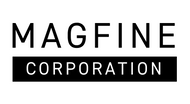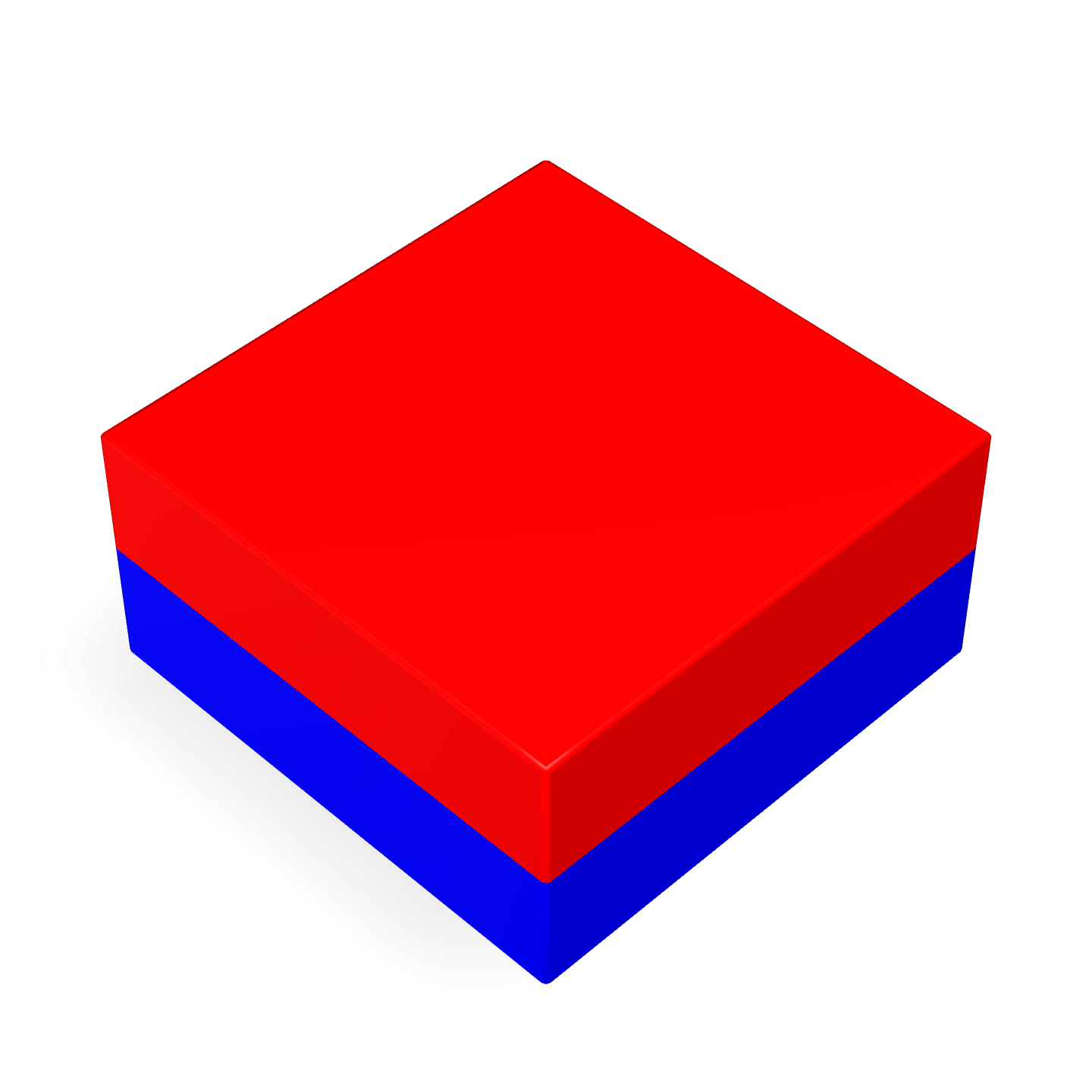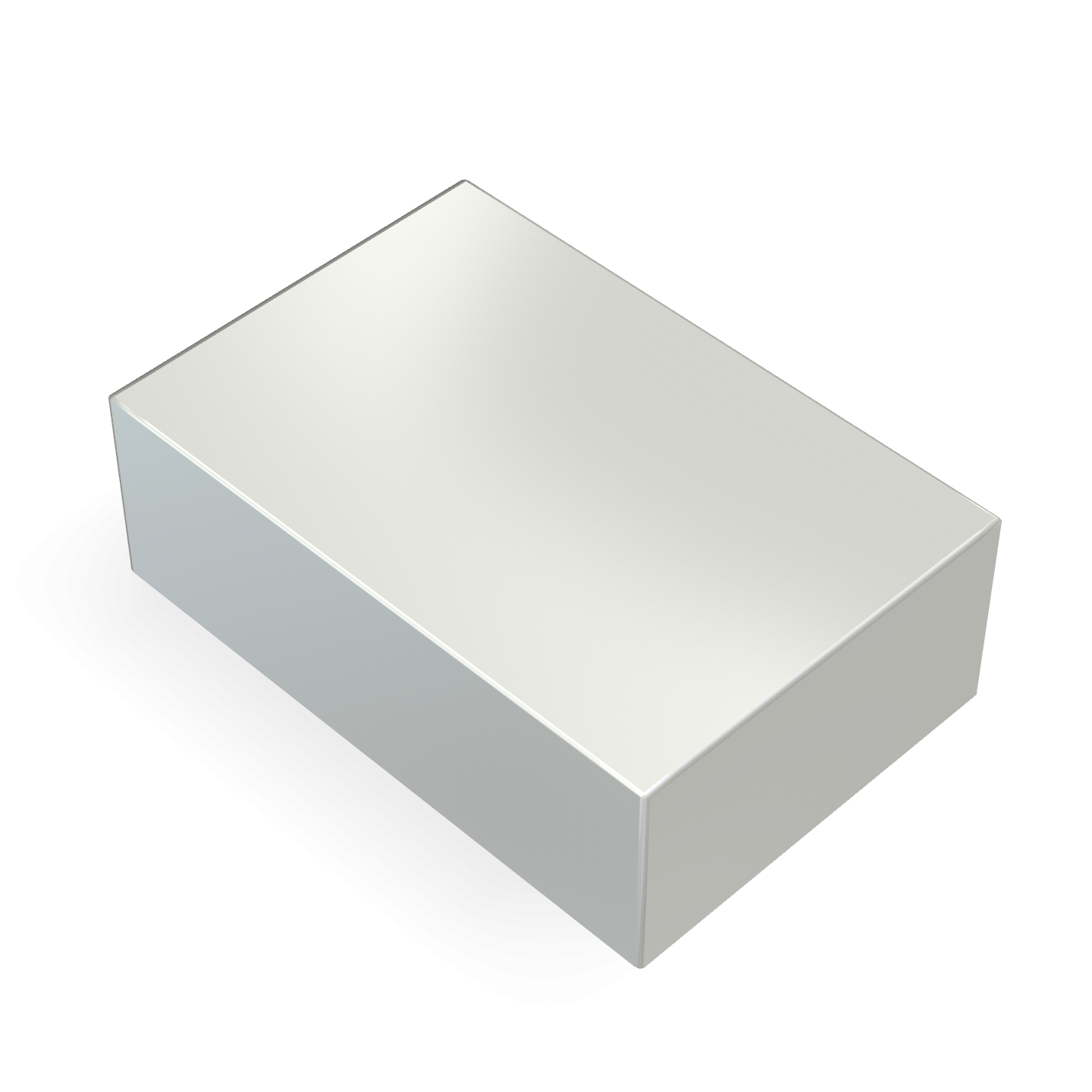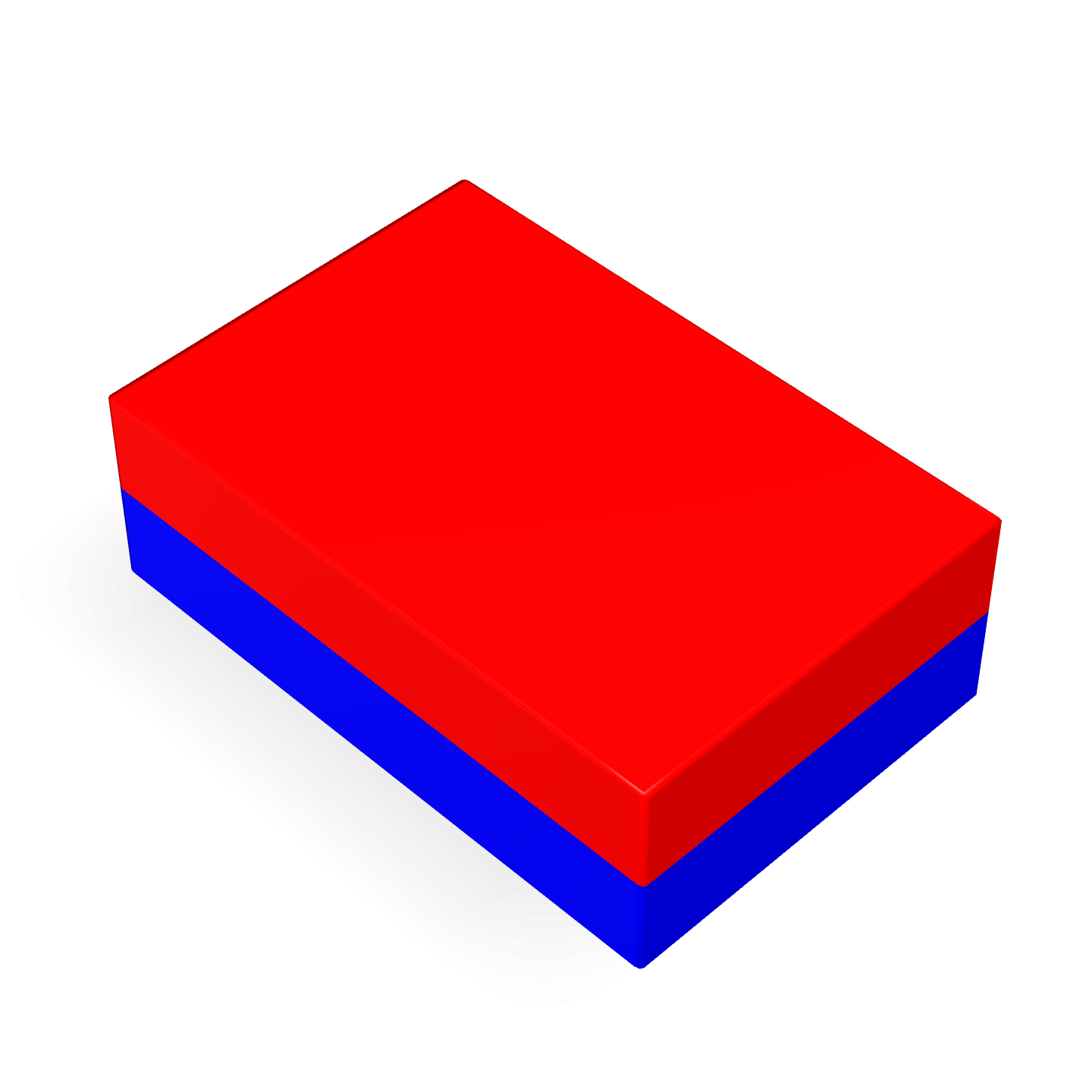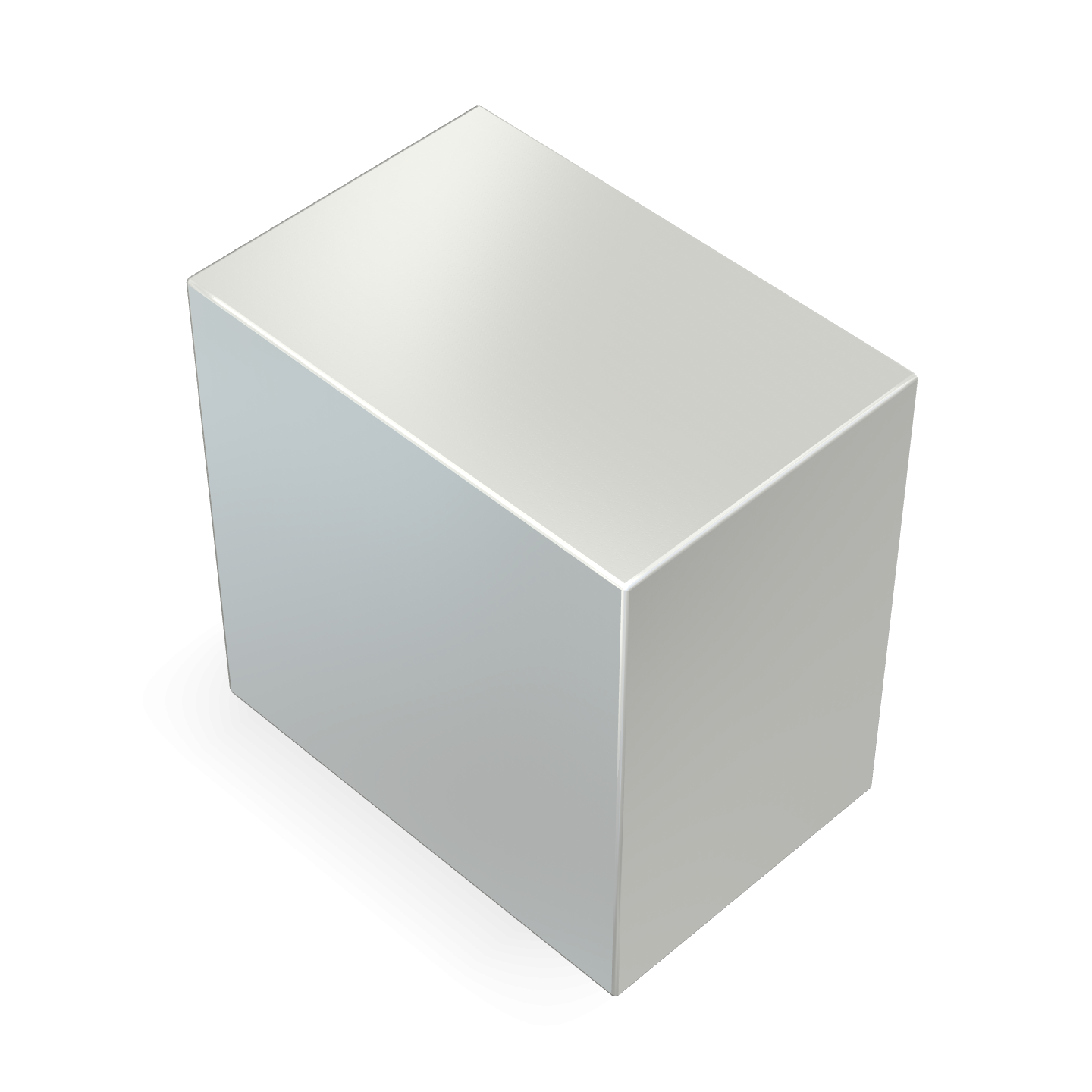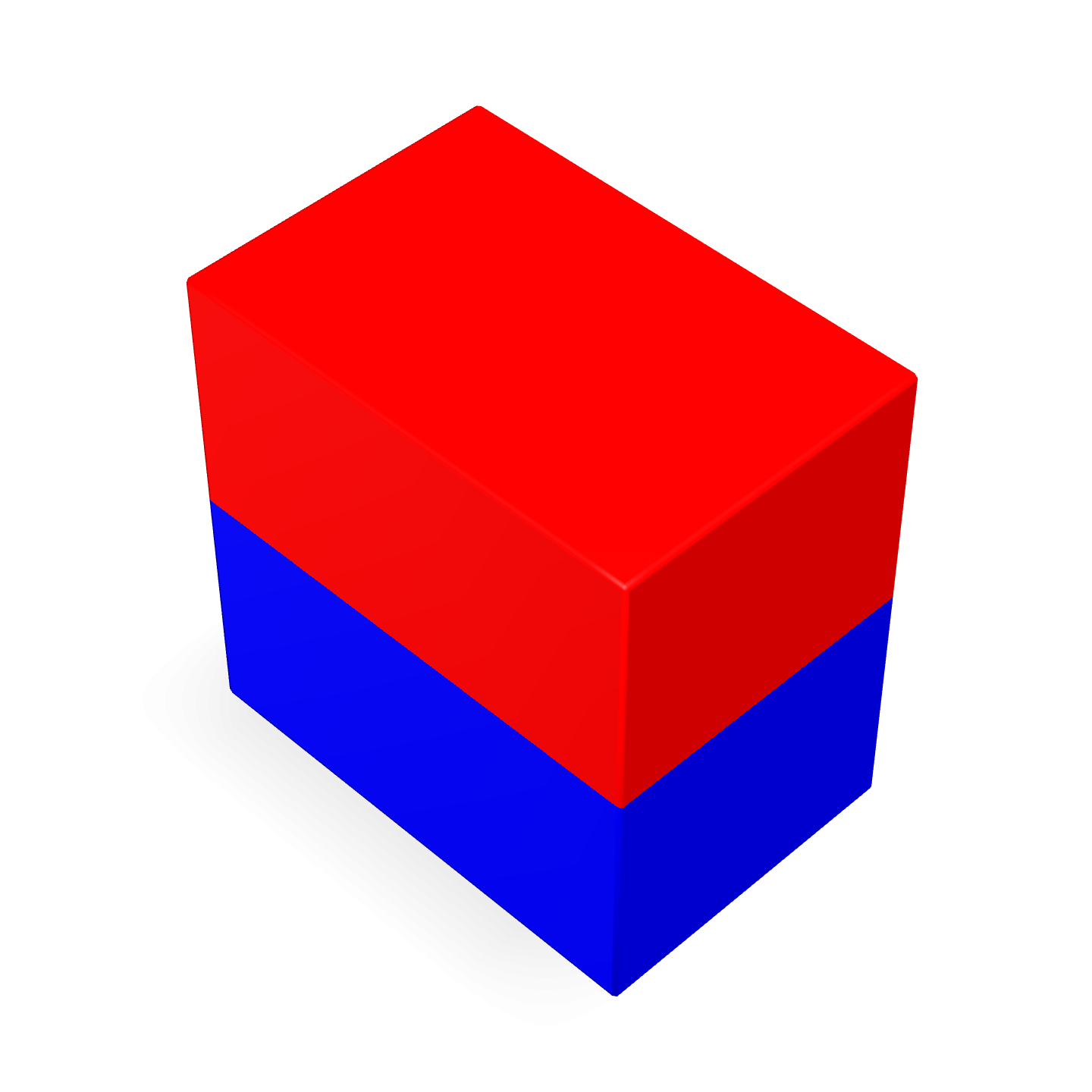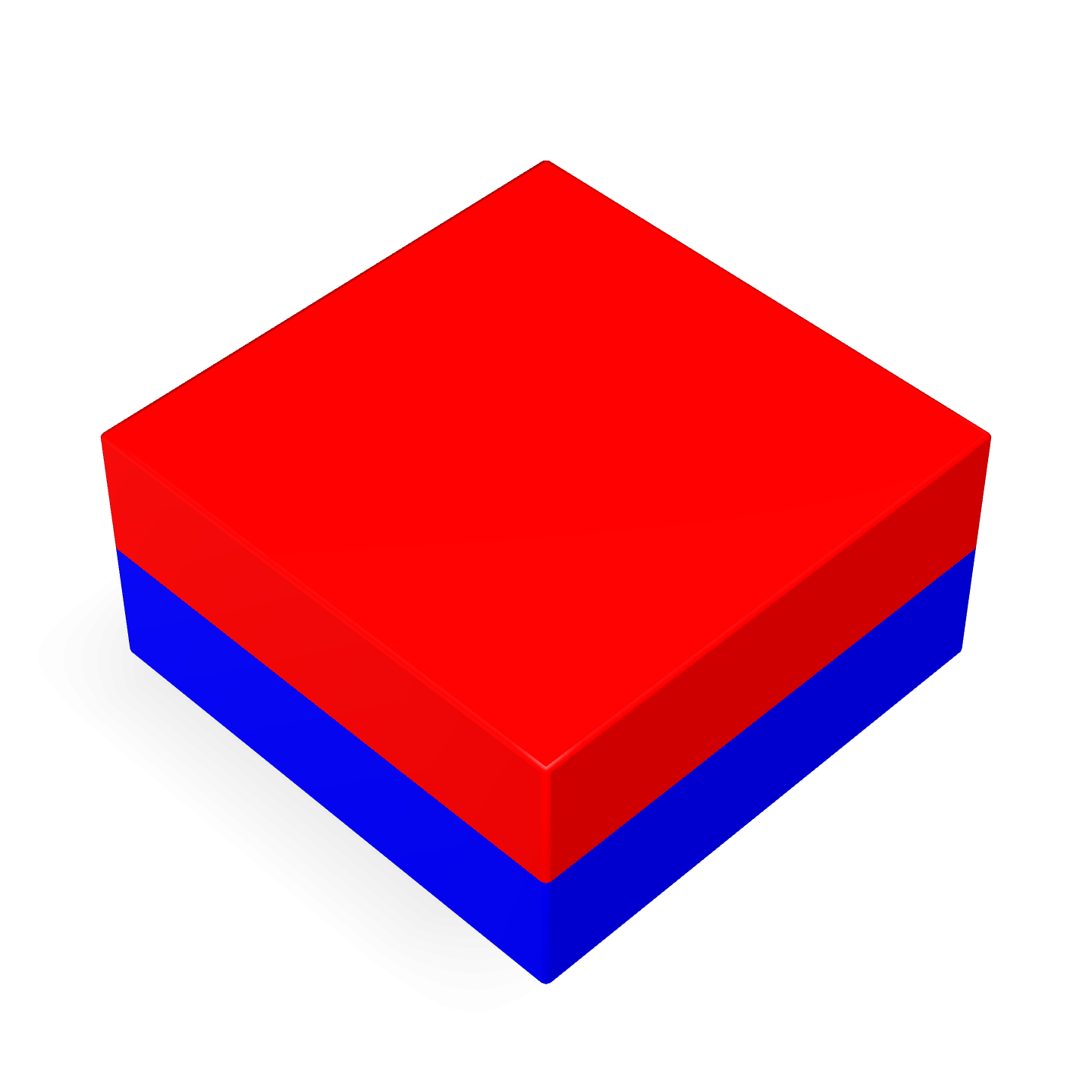The Cost Drivers & Market Outlook for Neodymium Magnets (2025–2030)
At Magfine, we’ve seen first-hand how neodymium magnets have become one of the most transformative materials in modern manufacturing. As industries across Canada and the world push toward electrification and energy efficiency, these industrial magnets are no longer just components—they are enablers of innovation.
In this post, we share our insights into what’s driving the cost of neodymium magnets, how the global market is evolving between 2025 and 2030, and what trends Canadian manufacturers, engineers, and product designers should be watching.
1. Why Neodymium Magnets Are More Relevant Than Ever
Demand for neodymium magnets continues to rise globally. Analysts project the market will exceed USD 25 billion by 2030, led by three high-growth sectors: electric vehicles (EVs), renewable energy, and consumer electronics. These magnets are valued for their incredible magnetic strength and reliability in compact applications.
In Canada, we’ve seen growing demand from the clean energy sector, robotics manufacturers, and advanced electronics developers. As a Canadian supplier, Magfine works closely with companies that need consistent quality and dependable local support for their magnet requirements.
2. The Key Cost Drivers Behind Neodymium Magnet Pricing
Magnet pricing is influenced by several global and operational factors. Understanding these cost drivers can help our customers plan strategically and maintain competitive production costs.
2.1. Rare Earth Material Availability
Neodymium, praseodymium, and dysprosium make up the foundation of modern neodymium magnets. These rare-earth elements are primarily mined in China, but production in Canada, the U.S., and Australia is growing. Any fluctuation in mining output or trade restrictions has a direct impact on global pricing.
For example, in 2023, a temporary export limitation on dysprosium oxide caused prices to spike by nearly 20%. This kind of volatility is one reason we at Magfine maintain diversified sourcing strategies and keep our inventory stocked locally in Canada to ensure stable supply for our clients.
2.2. Manufacturing and Processing Costs
Producing industrial magnets requires a controlled sintering and coating process, often at temperatures above 1,000°C. These energy-intensive processes are sensitive to fluctuations in global power costs, especially in regions where manufacturing is concentrated. To keep our prices competitive, Magfine sources directly from trusted raw material suppliers and manages every stage of production in-house. Owning our own manufacturing facilities allows us to integrate advanced automation with high-efficiency production lines, ensuring consistent quality and cost control from start to finish.
2.3. Labour, Automation, and Precision Engineering
Despite technological advances, machining neodymium magnets still requires human expertise. Skilled engineers ensure that tolerances are maintained, coatings are uniform, and magnetization aligns with specifications. Countries like Japan and Canada are leading in semi-automated production that balances precision with efficiency.
2.4. Shipping, Tariffs, and Exchange Rates
For North American companies, logistics and currency fluctuations can affect the final landed cost of magnets. Tariffs on Chinese rare-earth exports and variable freight rates have made domestic stocking increasingly important. At Magfine, we address this by maintaining regional inventory in Canada, reducing lead times and minimizing tariff-related costs for our customers.
3. Global Market Outlook: 2025–2030
The next five years will be pivotal for the neodymium magnet industry. Analysts forecast a compound annual growth rate (CAGR) of 7–9%, supported by electrification trends, renewable energy investments, and industrial automation.
3.1. Key Growth Segments
- Electric Vehicles (EVs): Each EV requires several kilograms of rare-earth magnets for drive motors and auxiliary systems.
- Wind Energy: Direct-drive turbines use industrial magnets for higher energy conversion efficiency.
- Automation & Robotics: Compact actuators and sensors rely on the magnetic strength of neodymium alloys.
- Consumer Electronics: From MagSafe accessories to wireless charging, neodymium magnets are embedded in millions of devices.
3.2. Supply Chain Developments
As Canada ramps up rare-earth processing, the region’s role in global magnet supply is set to strengthen. Domestic facilities are focusing on refining and recycling capabilities to support North American industries. Magfine is proud to be part of this transition, offering high-grade neodymium magnets in Canada for automotive, renewable, and industrial clients.
3.3. Price Trends
While prices may remain elevated through 2025 due to high demand, stabilization is expected as new suppliers enter the market. Premium grades like N52 or high-temperature neodymium will likely retain a price premium due to their specialized performance characteristics.
4. How Magfine Helps Businesses Manage Magnet Costs
Our team works closely with engineers and buyers to balance cost, performance, and supply continuity. Here are some of the ways we help clients optimize their magnet sourcing:
- Providing transparent pricing and technical consultation for all magnet grades.
- Offering bulk and long-term purchase options to mitigate market volatility.
- Recommending alternative materials (such as ferrite magnets, epoxy, polyimide coating) for cost-sensitive projects.
- Delivering custom magnet sizes and coatings to eliminate post-purchase machining costs.
For detailed magnet specifications, visit our product catalogue or contact our team for tailored recommendations.
5. Sustainability and Recycling: The Next Frontier
Sustainability is shaping the future of industrial magnets. Around the world, initiatives are underway to recover rare earth materials from end-of-life electronics and EV components. While recycling efficiency remains a challenge, progress is steady—and Canada is emerging as a leader in this field.
At Magfine, we believe that future growth depends not only on innovation but also on responsibility. Our long-term goal is to align with sustainable sourcing practices and support partners who share that vision.
6. Why Canadian Companies Choose Magfine
When it comes to sourcing magnets in Canada, reliability and technical support matter. Magfine provides access to premium-grade neodymium magnets—from N35 to N56 and custom-engineered variants—backed by a knowledgeable local team.
We help Canadian manufacturers reduce import risk, shorten lead times, and ensure consistent product performance. Whether you’re developing next-generation EV components or designing compact consumer devices, our experts can help you select the right magnet for your application.
7. The Road Ahead: 2025–2030 and Beyond
Between now and 2030, the global magnet industry will see both innovation and consolidation. New production methods, like additive manufacturing and advanced coatings, will redefine what’s possible with neodymium materials.
At Magfine, we’re committed to staying ahead of these changes. Our role is to help Canadian businesses access world-class magnetic materials with the technical reliability they need to grow.
Q&A: Common Questions About Neodymium Magnets
1. What makes neodymium magnets more expensive than other types?
Their cost reflects the scarcity of rare-earth elements like neodymium and dysprosium, as well as the energy-intensive production process. The result is unmatched magnetic strength and durability.
2. Can I buy neodymium magnets directly from Magfine?
Yes, absolutely. You can order directly from our online store, or reach out for custom or bulk inquiries through our contact page.
3. Does Magfine supply magnets for EV or renewable applications?
We do. Our inventory includes high-temperature and high-coercivity magnets specifically suited for electric motors, wind turbines, and automation systems.
4. Are recycled magnets a viable alternative?
Magnet recycling is still in early stages, but new technologies are showing promising results. We’re monitoring this area closely as part of our sustainability strategy.
5. How can my business get a quotation?
Simply contact Magfine with your specifications: size, grade, coating, and quantity, and our team will prepare a tailored quotation within one business day.
